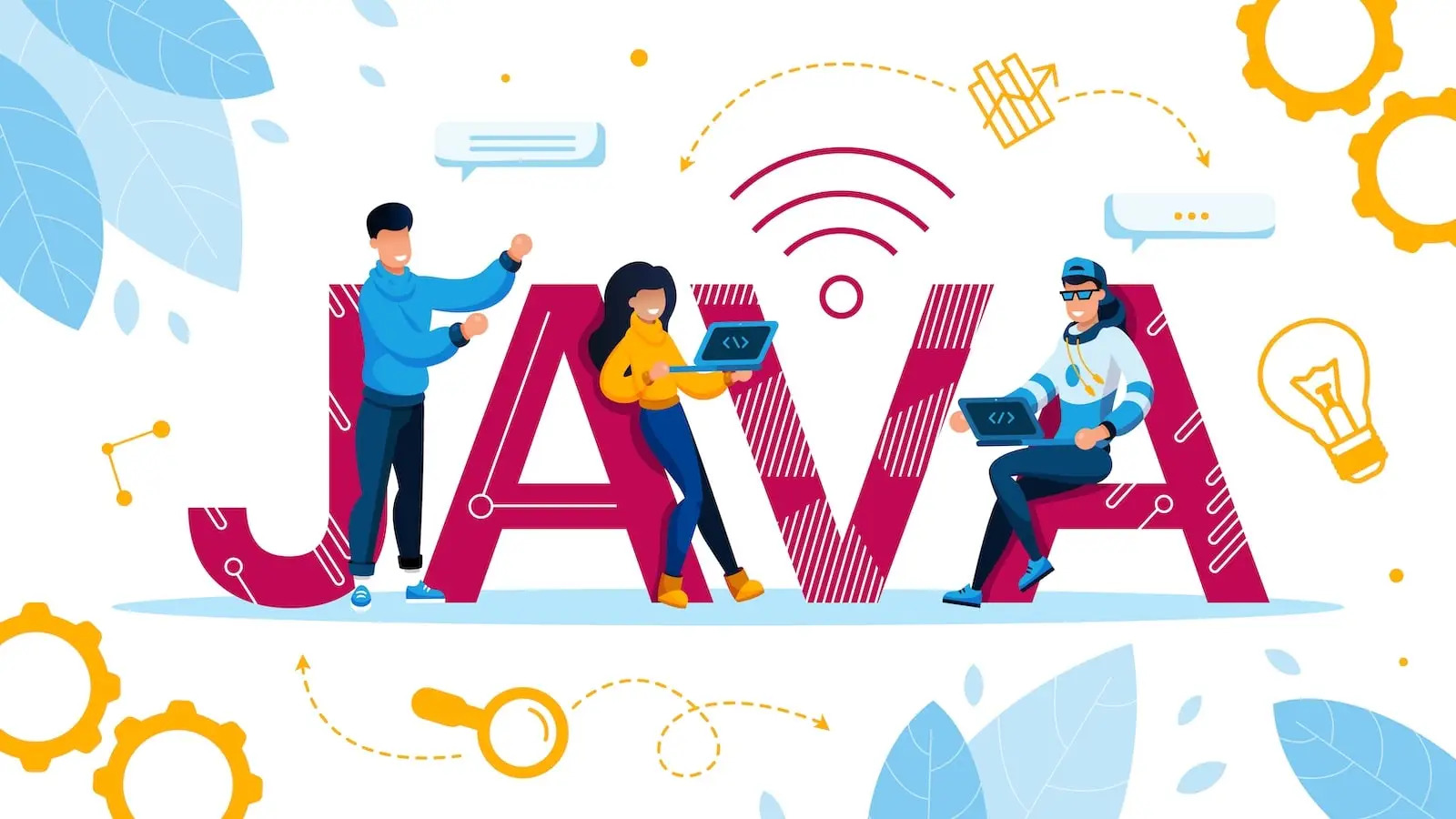Best Practices of Java Coding: Maximizing Efficiency and Precision
With Java being one of the most widely used programming languages globally, efficient and clean Java coding practices are pivotal. They significantly enhance code readability, robustness, and maintainability. This blog post aims to highlight some of these best practices, including the significance of testing, to improve your Java coding skills.

Table of Contents
Naming Conventions
It’s crucial to pick the appropriate names for your classes, functions, and variables. Effective names can reveal a lot about what a piece of code performs. Here are some guidelines to remember:
Classes and Interfaces: The first letter of each internal word should be capitalised in class names and interface names, which should be nouns and written in mixed case. Keep your class names straightforward and descriptive (examples include Employee and HttpResponse).
Methods: Again, they should be verbs, with the first letter in each internal word capitalised and the rest of the words written in mixed case. such as setName or calculateSalary.
Variables: Similar to how method names should use mixed case, variable names should be descriptive. For instance, employeeId is preferred to names with obscure meanings, like eId.
Use of Comments
While good code is self-documenting, comments are crucial in conveying the context and purpose of code blocks, especially when the logic is complex. However, excessive or unnecessary comments can clutter your code. Use them judiciously.
Code Formatting
Code formatting encompasses aspects like indentation, line length, and placement of braces. Adopting a consistent style for these aspects will make your code more painless to read and comprehend. Tools such as Google’s Java Format can be helpful in maintaining consistency.
Handling Exceptions
When dealing with exceptions, prefer specific catches over a generic catch-all clause. This allows for precise error handling and debugging. Moreover, rather than ignoring an exception, at the very least, log it to maintain an error trail.
Code Simplification
Adopt simplification strategies such as:
- Using Enhanced for-loop: The enhanced for-loop can make your code cleaner and more readable.
- Avoiding Magic Numbers: Replace numbers with named constants to provide context.
- Early Returns: Instead of deep nesting, consider returning early from methods.
- Testing
A crucial part of Java coding best practices is thorough testing, which is integral to catching bugs, validating code, and ensuring code maintainability. It helps create robust software that meets user expectations and requirements.
Unit Testing
At the lowest level, we have unit tests that examine an individual unit of software (often a method) in isolation. JUnit is a popular framework used for this purpose in Java. It encourages writing tests for each method in your classes, ensuring that they behave as expected in different scenarios.
Integration Testing
While unit tests focus on isolated parts of a program, integration tests ensure that these parts work well together. Tools like JUnit and Mockito, combined with Spring’s testing capabilities, can be used for this purpose.
Test-Driven Development
Test-driven development (TDD) is a technique that emphasises writing tests before writing the code. The process typically follows: write a test, run it (it should fail), write the code, run tests again (they should pass), refactor and repeat.
Use of Libraries and Frameworks
There are several powerful libraries and frameworks available for Java, such as Spring, Hibernate, and Apache Commons. These can help simplify your code, boost productivity, and enhance application performance. However, ensure you have a thorough understanding of how they work to avoid potential pitfalls.
Code Reviews
Last but not least, code reviews should be a regular practice. They help maintain code quality, improve developer skills, and foster knowledge sharing.
Conclusion
Following these best practices in Java testing can lead to high-quality software. Remember that learning is a persistent procedure and adapts to changes as the world of Java evolves. It’s not only about writing code but also about writing effective, efficient, and maintainable code. Happy coding!


Comments are closed.